#old jerusalem
Explore tagged Tumblr posts
Text
youtube
Old Jerusalem, Black Pool of Water and Sky I Chapels, 2018
2 notes
·
View notes
Text
Jerusalem Old City
One of the holiest and most contentious places on earth, the Old City of Jerusalem is a hugely historic area, significant to Christians, Jews and Muslims. Visiting it can be overwhelming, in terms of the maze of streets and number of people, including many tour groups. There are four main gates into the Old City, and a number of smaller gates. The Damascus Gate was the original entrance to the…

View On WordPress
#Armenian Quarter#Church of the Flagellation#Church of the Holy Sepulchre#Damascus Gate#Dome of the Rock#Ethiopian Monastery#Israel#Jaffa Gate#Jerusalem#Jewish Quarter#Muslim Quarter markets#Old City Jerusalem#Old Jerusalem#photography#Temple Mount#The Citadel#travel#Western Wall#Western Wall Tunnel Tour The Great Stone Tour
1 note
·
View note
Text


198 notes
·
View notes
Text
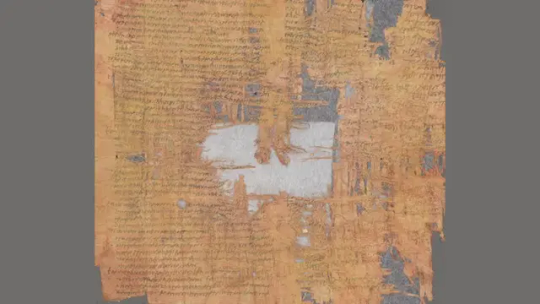
1,900-Year-Old Papyrus Records Roman Tax Fraud Trial
The Greek document details a court case in ancient Palestine involving tax fraud and provides insight into trial preparations in the Roman Empire
Back in 2014, a researcher from the Hebrew University of Jerusalem rediscovered an ancient papyrus while organizing a storeroom in the Israel Antiquities Authority’s Dead Sea Scrolls Unit. Once found in the Judean Desert, the document’s script had previously been classified as Nabataean—an ancient Aramaic language—but papyrus expert Hannah Cotton knew better.
“When I saw it marked ‘Nabataean,’ I exclaimed, ‘It’s Greek to me!’” the researcher says in a statement by the university.
Cotton and a team of experts spent the next decade deciphering the 133-line text, and their findings were recently published in the journal Tyche. Turns out, the document is the longest Greek papyrus ever found in the Judean Desert, and its newly translated content is particularly unique: a Roman lawyer’s detailed notes about the trial of two men accused of tax fraud.
“This is the best-documented Roman court case from Judaea, apart from the trial of Jesus,” says study coauthor Avner Ecker, a historian at the Hebrew University of Jerusalem, in the statement.
Per the study, the papyrus was likely written on the “eve of the Bar Kokhba Revolt,” a second-century Jewish uprising against Roman rule. The Roman Empire had colonized Judea—the southern part of ancient Palestine—some 200 years earlier. By 132 C.E., various Roman incursions upon Jewish life, including bans on religious practices, had taken their toll: The dwindling population of Jews in Palestine revolted. The rebellion, led by a man named Bar Kokhba, was crushed by the Romans in 135 C.E., and Jews were subsequently banned from Jerusalem.
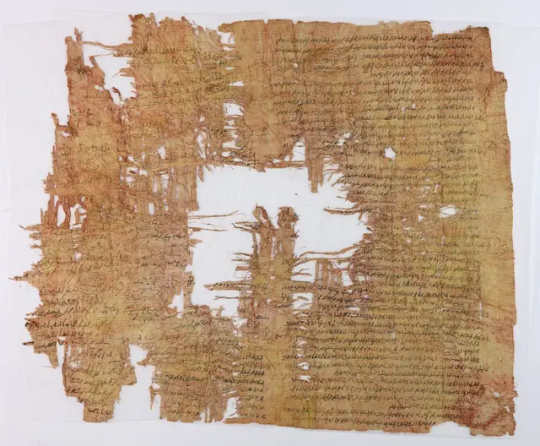
The newly translated papyrus was written after Roman Emperor Hadrian’s visit to Judea around 130 C.E. and before the Bar Kokhba Revolt, per the study. It details Rome’s case against two individuals—Gadalias and Saulos—accused of forging documentation about selling and freeing slaves to bypass paying Roman taxes.
“Forgery and tax fraud carried severe penalties under Roman law, including hard labor or even capital punishment,” says study coauthor Anna Dolganov, a papyrus expert at the Austrian Academy of Sciences, in the statement.
The papyrus was written in “vibrant and direct” language by a strategizing prosecutor, advising another lawyer about pieces of evidence and anticipating objections, per the statement. The document also contains a “rapidly drafted transcript of the judicial hearing itself.”
As Dolganov says in the statement, “This papyrus is extraordinary because it provides direct insight into trial preparations in this part of the Roman Empire.”
Significant portions of the document are missing, making conclusions about the trial’s participants difficult to draw. Still, the researchers write that the prosecutors were likely “functionaries of the Roman fiscal administration” and suggest the defendants were Jews. The papyrus also makes mention of “an informer who denounced the defendants to Roman authorities.”
As Live Science’s Kristina Killgrove writes, the papyrus sheds light on the long-debated question of whether or not ancient Jewish people owned slaves. The document mentions that Saulos’ family owns multiple slaves, but whether those enslaved people were Jewish is unclear.
The trial’s location and the case’s outcome also remain mysterious. Per the study, proceedings may have been interrupted by the Bar Kokhba Revolt. Somehow, this papyrus ended up among a collection of documents stored in caves in the Judean Desert—the Dead Sea Scrolls, which were rediscovered in the mid-20th century.
As study coauthor Fritz Mitthof, a historian at the University of Vienna, says in the statement, the papyrus showcases the Romans’ governmental reach: They regulated private transactions even in remote regions of their empire.
By Sonja Anderson.

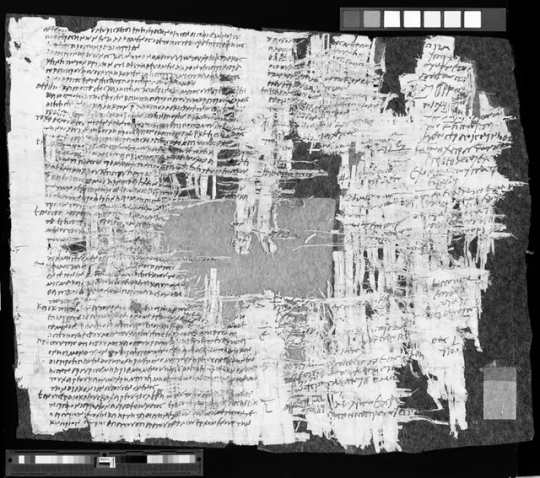
#1900-Year-Old Papyrus Records Roman Tax Fraud Trial#Hebrew University of Jerusalem#greek papyrus#Roman Emperor Hadrian#Bar Kokhba#Dead Sea Scrolls#ancient artifacts#archeology#archeolgst#history#history news#ancient history#ancient culture#ancient civilizations#roman history#roman empire#Ancient Greek#ancient israel
277 notes
·
View notes
Text

The Visit of the Queen of Sheba to King Solomon by Edward John Poynter
#edward john poynter#edward poynter#art#queen sheba#king solomon#solomon#biblical art#bible#architecture#temple#solomon's temple#israelites#israelite#jewish#history#jerusalem#israel#christianity#christian#old testament#asia#hebrew#judaism#arabia#arabian#columns#monkeys#birds#lions#monkey
278 notes
·
View notes
Text

65 notes
·
View notes
Text

Historical photo of the day: Palestinian students at Birzeit College outside Ramallah, 1964.
Initially established as a girls school in 1924, Birzeit College would later become Birzeit University, one of Palestine's leading educational institutions today, and among the top 3 percent of universities worldwide, as of 2019 (according to the QS World University Rankings).
#Birzeit#gaza#israel#palestine#free palestine#jerusalem#فلسطين#free gaza#Ventage#blackandwhite#Old#black and white#i stand with palestine#Ramallah#history
600 notes
·
View notes
Text
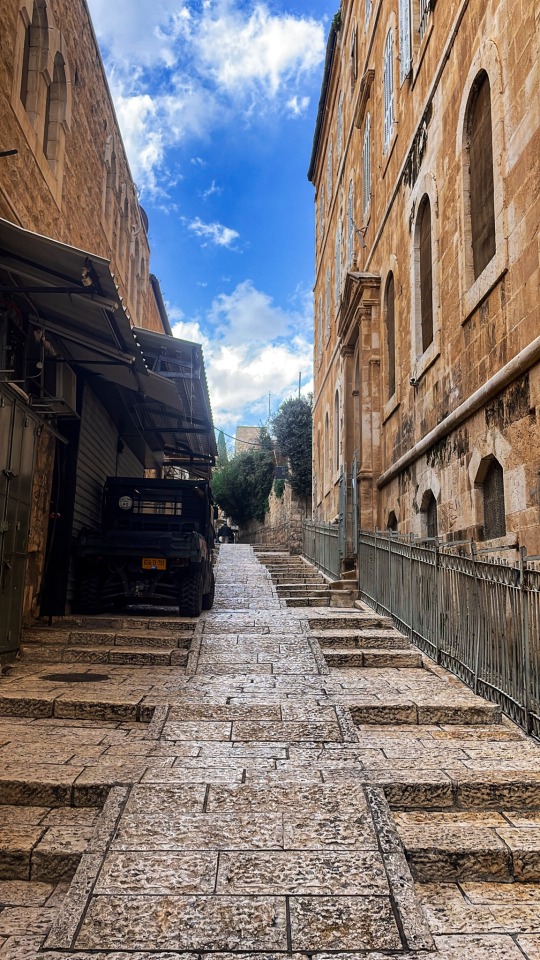
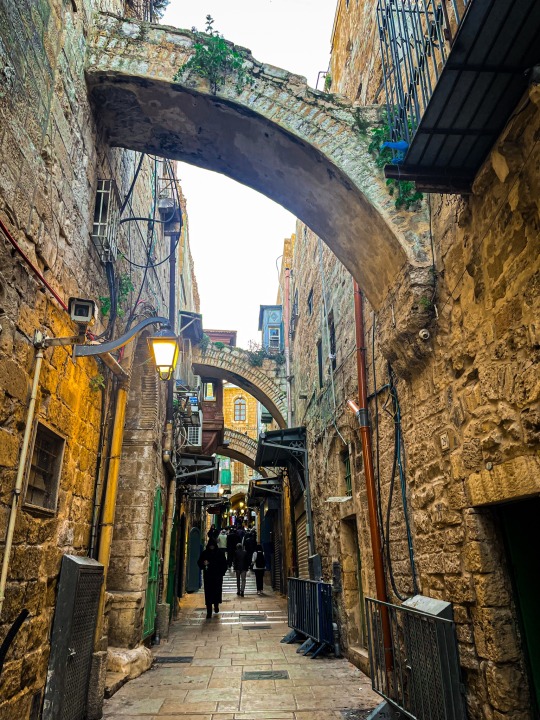
📍البَلْدَة القَدِيمة - القُّدْس
282 notes
·
View notes
Text
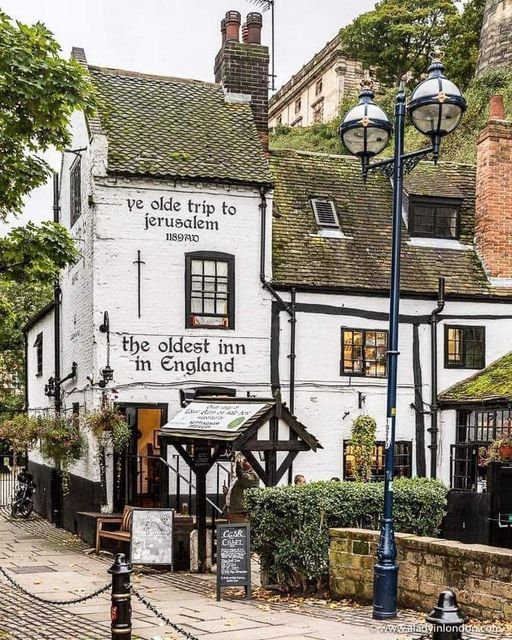
King Richard I met with his knights here to launch the Third Crusade
#Ye Olde Trip to Jerusalem#Nottingham#Third Crusade#UK#Richard the Lionheart#English pubs#oldest inn#crusaders#Plantagenets#Angevin Empire#Christendom#1189 AD
491 notes
·
View notes
Text

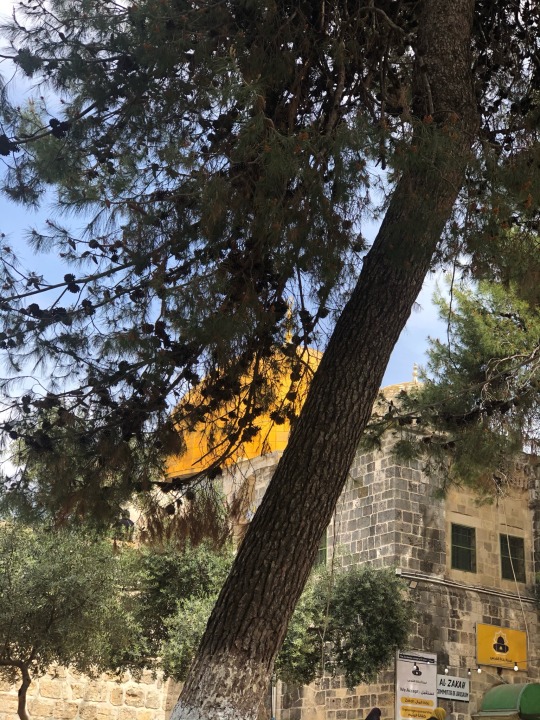
Al-Aqsa mosque, Jerusalem, Palestine
364 notes
·
View notes
Text

NECK TATTS! NECK TATTS!
#Barry Sloane#Jerusalem play#an old one but damn he’s something else#i need to go scream into a pillow whenever i see him with tattoos
151 notes
·
View notes
Text

Via Dolorosa street in Jerusalem, Palestine
British vintage postcard
#street#historic#photo#briefkaart#vintage#palestine#jerusalem#british#sepia#photography#carte postale#via dolorosa#postcard#postkarte#postal#tarjeta#ansichtskarte#old#ephemera#postkaart#dolorosa
206 notes
·
View notes
Text

Jeremiah Dictating His Prophecy of the Destruction of Jerusalem to Baruch the Scribe
Artist: Washington Allston (American, 1779–1843)
Date: 1820
Medium: Oil on canvas
Collection: Yale University Art Gallery, New Haven, CT, United States
Jeremiah 36:32, NIV
"So Jeremiah took another scroll and gave it to the scribe Baruch son of Neriah, and as Jeremiah dictated, Baruch wrote on it all the words of the scroll that Jehoiakim king of Judah had burned in the fire. And many similar words were added to them."
#indoor scene#painting#christianity#book of jeremiah#prophet jeremiah#prophecy#destruction of jerusalem#baruch the scribe#bible story#old testament#holy bible#christian art#oil on canvas#fine art#washington allston#american painter#american culture#yale university art gallery#oil painting#artwork#19th century painting
20 notes
·
View notes
Text

Nottingham, England
#queue#photography#europe#england#landscape#uk#nottingham#nottingham streets#ye olde trip to jerusalem#pubs#inns#nottingham castle#east midlands
13 notes
·
View notes
Text
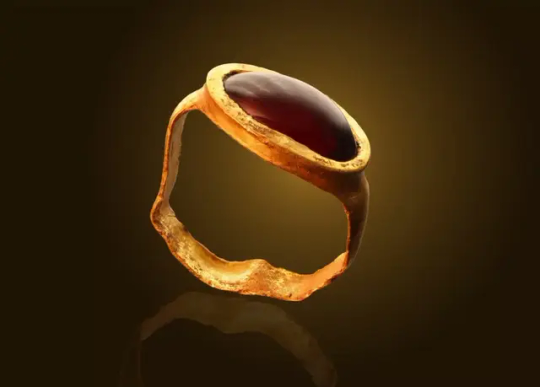
2,300-Year-Old Gold Ring Discovered in Jerusalem
A gold ring set with a red gemstone, believed to be more than 2,300 years old, has been discovered beneath the floor of a Hellenistic-era structure in Jerusalem, the Israel Antiquities Authority and the City of David Foundation announced Wednesday.
The artifact was uncovered during excavations at the Givati Parking Lot within the Jerusalem Walls National Park, just steps from the site of the ancient Jewish Temple. The ring closely resembles another unearthed in the same location in 2024.
Archaeologists found both rings beneath the foundation of a large public building. A bronze earring discovered nearby supports the theory that these objects were deliberately placed.
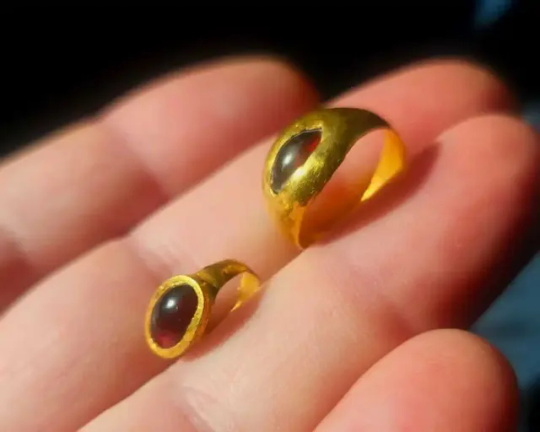
#2300-Year-Old Gold Ring Discovered in Jerusalem#Hellenistic-era#gold#gold ring#gold jewelry#ancient jewelry#ancient artifacts#archeology#history#history news#ancient history#ancient culture#ancient civilizations
62 notes
·
View notes
Text



61 notes
·
View notes